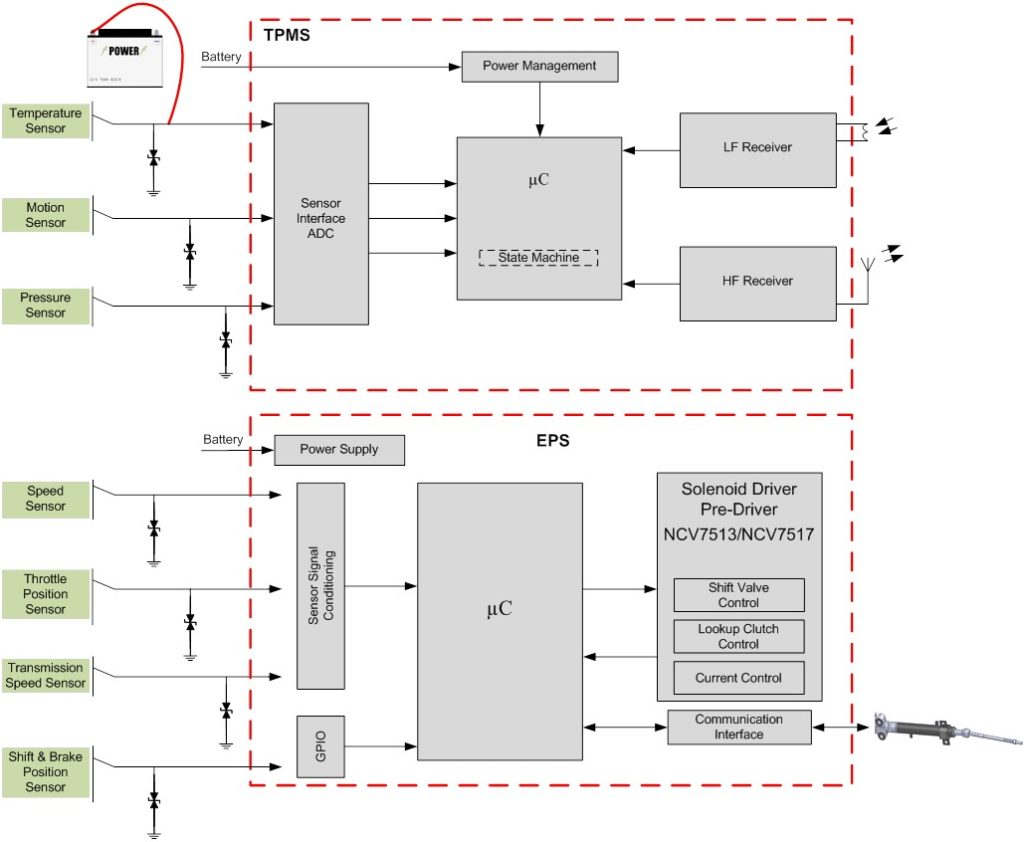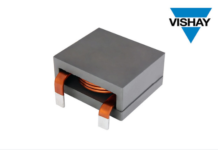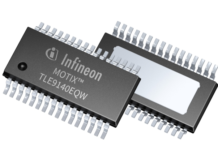
Most silicon ESD protection solutions in the market today are mainly designed for consumer devices in mind, but ESD threats also keep automotive electronic designers up at night. Not only are automotive designers worried about the “normal” ESD situations, but additional automotive specific events are a cause for serious concern one of which is a short-to-battery (STB) condition.

Automotive Marketing Manager| On Semiconductor
The STB event in automotive occurs during assembly, service or consumer use of these devices in the vehicle. During assembly and service, there is a potential for a broken or exposed battery line to connect to one of these interfaces causing potential damage to the ESD protection device. A good example of a STB event during consumer use is a USB cable dangling into the cigarette lighter socket of the vehicle once again introducing battery line voltage to the interface lines. The mere existence of the 12V battery network in the automotive environment puts an additional burden on the automotive ESD protection devices as they need to be able to withstand someone intentionally or unintentionally shorting these interfaces to the battery line. As a result, if the interface is required to withstand such a STB condition in addition to the ESD threats, the normal 5V breakdown ESD devices used mainly in consumer devices will not be suitable.
ON Semiconductor has developed automotive qualified ESD protection devices with both the standoff voltage and current limiting capability for STB and short-to-ground (STG) events in mind. These features are in addition to high speed ESD protection requirements such as low insertion loss at higher bandwidth and very low capacitance for signal integrity.

ESD protection devices such as the SZESD7361, SZESD7462, SZESD7102, and SZESD1L001 have a minimum 16V breakdown voltage to allow survivability in automotive STB conditions where the battery voltage can range from 9V minimum to 16V maximum. These devices provide low clamping ESD protection while achieving very low capacitance for applications that operate in the GHz frequency range.
Devices such as the NIV1161 and NIV2161 have the same ESD protection silicon as mentioned above, but also include small signal MOSFETs to perform the current limiting function needed to protect a SoC against the STB and STG events. These integrated MOSFETs have a low Rds(on) that is suitable for applications with high speed data rates into the Gbit/s range.
For more information about solution visit: On-Semiconductor



















